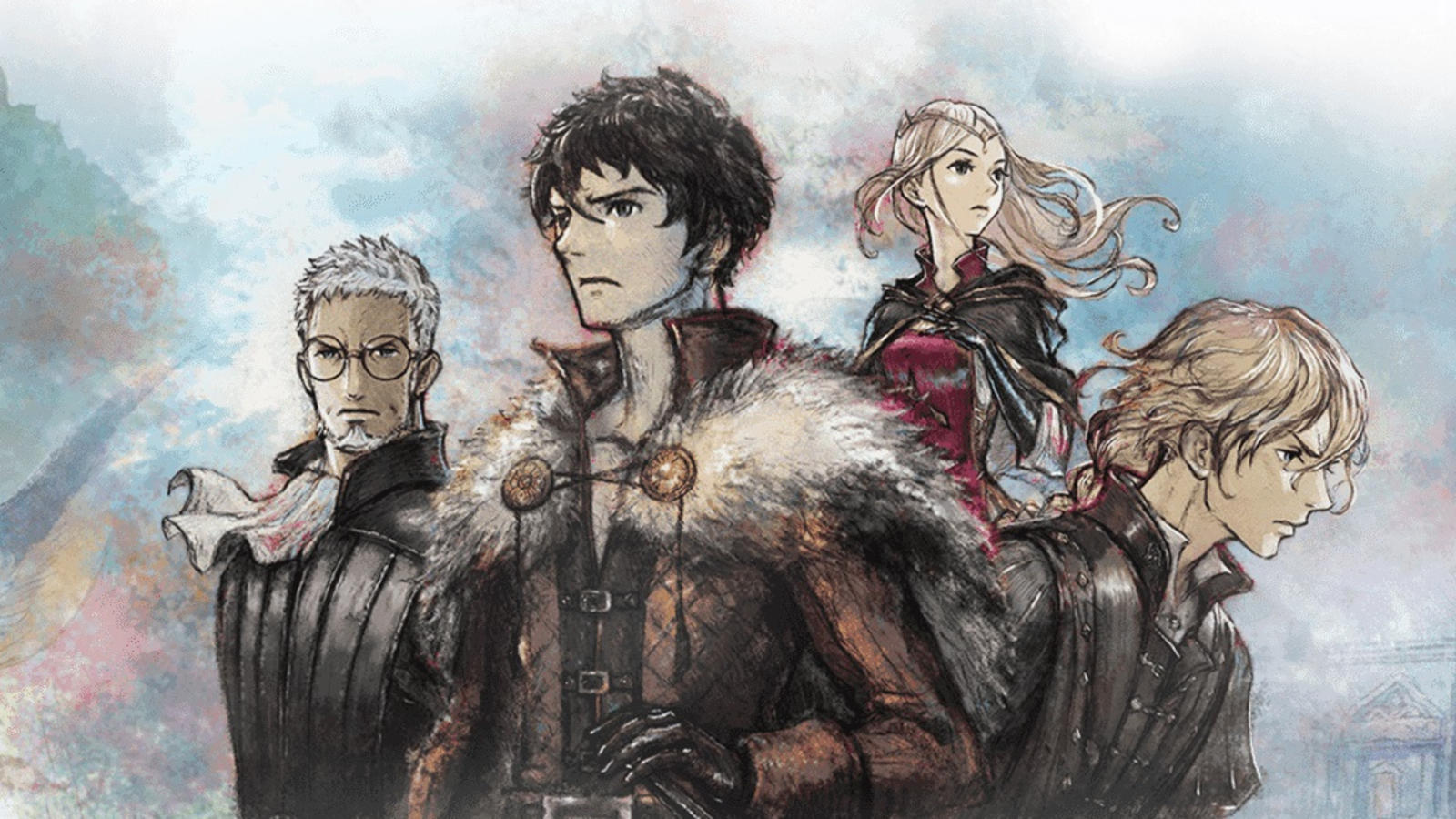High drama, tension, and horror in a different pandemic - Should you play A Plague Tale: Requiem?
3K View2022-10-20
In the spring of 2019, just over a year before the world would begin dealing with a devastating modern pandemic, the release of action-stealth-adventure game hybrid A Plague Tale: Innocence came out of nowhere and shocked many gamers with its quality. Though French developer Asobo Studio had been around since 2002, they were relative unknowns in the triple-A game space, having mostly worked on licensed titles, ports, and racing games. But here was something new and rather incredible.
Innocence had some issues, but it managed to be a breakout hit for the studio and publisher Focus Entertainment, selling over a million copies in its first year. Now Asobo is returning to the dark, gritty semi-historical setting of that game for the follow-up, A Plague Tale: Requiem. Can it successfully build on the unique gameplay of the first game while raising the narrative stakes even further? Let’s find out!

THE STORY
A Plague Tale: Requiem picks up around half a year after the finale of Innocence. That ending saw siblings Amicia and Hugo heading south from their plague-carrying-rat-devastated homeland but with things finally looking up. They had, it seemed, finally discovered a path forward and a couple of allies they could actually depend on to help them hold things together.
As you might expect if you played the first title, that relative peace is very quickly upset in Requiem’s opening hours. Hugo’s strange, plague-connected blood disease-slash-curse suddenly rears its ugly head again after months of silence, and Amicia finds herself struggling with the trauma of having witnessed great horrors and having taken lives...all while being forced to continue taking lives in ever-increasing numbers. The main thrust of Requiem’s plot sees the brother-sister duo in search of a mysterious and mythical island that they believe may hold the key to curing Hugo once (and perhaps ending the plague) once and for all. It’s anything but a smooth journey, though.

PLATFORMS
Though its predecessor was available on previous-gen hardware, A Plague Tale: Requiem is notably only available on the current generation of consoles: Nintendo Switch, PlayStation 5, and Xbox Series X and S (in addition to PCs, naturally). I played on an Xbox Series S via Microsoft’s Game Pass subscription, where Requiem was available on launch day. The only technical issues I ran into on this version of the game was the game taking a noticeable hit to its frame rate during a few sequences, mostly ones that involved thousands upon thousands of rats on screen at once. Similar issues have been reported by players on PS5 and Xbox Series X hardware.
TIME PLAYED
So far I’ve spent about nine hours in A Plague Tale: Requiem, which has taken me through Chapter 7 and a bit of the way into Chapter 8. The game has sixteen chapters in total, which is one less than Innocence, but nine or ten hours was the total time it took me to finish that first game. Here, that’s only about half of the experience, so I’ve still got plenty of my harrowing journey to go.

WHAT’S AWESOME
• Spectacle. Similar to A Plague Tale: Innocence, Requiem is at its best when its whisking players along from one over-the-top set piece to the next. This time around, those flashy events include sequences such as: Amicia having to fight off a small army of mercenaries using a mounted crossbow while the boat she’s on rockets down a narrow river; Amicia and Hugo venturing into a disgusting rat nest with a new ally who ends up being very afraid of the rodents despite his imposing size; and best of all, the duo having to book it as an entire city is consumed by a never-ending flood of rats.
• Moment-to-moment dialogue. A Plague Tale: Requiem’s overarching plot has some goofy supernatural elements, and I sometimes found myself wondering if the whole series is predicated on the developers testing themselves to find the most outrageous ways possible to make the protagonists miserable, especially when things seem to be going well for a minute or two. That said, I can’t deny just how strong the writing is for the dialogue between characters as you move through the world. Returning characters like the young alchemist Lucas are given more personality here, and newcomers like antagonist-turned-big-buddy Arnaud are distinctly likable. And if you can show me someone who isn’t won over by the purehearted sibling relationship between Amicia and Hugo, I’ll show you someone who doesn’t have a heart—or at least was an only child.

• An expanded arsenal and improved survivability. In A Plague Tale: Innocence, the fact that Amicia was just a teenager played a huge role in the game, defining the limits of what she could accomplish and live through. While she’s not much older in Requiem, her experiences in the first game have clearly sharpened her abilities. For one thing, she can take more than one hit from most enemies without dropping dead, which is welcome. She’s also able to counter enemy blows and has access to a wider variety of weapons and tools, including tar to create or expand patches of fire and a crossbow for longer distance and more silent kills.
• Puzzles. Having just played through Innocence recently, you may think I’d be sick of puzzles involving using light sources to manipulate massive piles of rats around, but no dice! The puzzle portions of A Plague Tale: Requiem are, alongside the aforementioned set pieces, the game’s best parts. The new combat tools mentioned above also open up space for solving these puzzles in different ways, and Amicia has greater access to the materials she needs to craft different alchemical modifiers, such as Extinguis, which puts out a flame, or Odoris, which draws rats to a desired location for a set amount of time. Also, Amicia has unlimited rocks for her sling ammunition this time around. Thank god!

WHAT SUCKS
• Stealth. I’ll caution here that I’m not the biggest stealth game fan in the world, so take my opinion on these parts of A Plague Tale for what you will. But I strongly felt that the many stealth sequences were the worst parts of Innocence, and I strongly feel that that trend continues here. Once again, the wider array of tools at Amicia’s disposal certainly helps, as does the game’s shift away from insta-kills or forcing reloads the second you’re caught. Yet I still found myself dreading every time the I entered a new area only to notice waist-high cover and carts lifted off the ground just high enough for Amicia to crawl under—telltale signs that even if I couldn’t see any enemy soldiers yet, the area would soon fill with patrols that I had to either avoid or find ways to awkwardly kill one by one.
• The death count. Speaking of awkwardly killing enemy soldiers, Amicia’s character arc in A Plague Tale: Requiem borders on the absurd. A major part of the plot centers around both Amicia and Hugo struggling with the reality that they have killed people, and that they must continue killing people to survive. It’s a somewhat compelling strand of psychology to pull on, except that it’s undercut by the fact that Amicia doesn’t just kill an evil mercenary or a corrupt soldier here and there; no, she absolutely massacres entire squads of enemy soldiers. She zigzags from cutscenes where she’s seemingly tortured by the blood on her hands, to gameplay sequences where she eagerly embraces brutally taking out her enemies at the slightest sign of inconvenience. It’s one of the most extreme examples of ludonarrative dissonance I’ve seen in some time, made all the more silly because of the half-hearted attempts to address all the death and destruction she’s causing.

• The villains. This is another carryover issue from the previous game, but it’s eleven more pronounced in Requiem. To be clear, nine hours into the game, I do not know if this title actually has a primary antagonist or who that might be. That wouldn’t be a problem on its own, but the way the game writes its bad guys is the complete opposite of that dialogue writing I praised for the main characters and their friends above. Villains in A Plague Tale: Requiem are absolute evil for evil’s sake, making heinous decisions that often based in no logic other than serving to cement them as capital-E Evil. Maybe that’s all part of an effort to make players not think too much about all the indiscriminate murder Amicia is committing?
SHOULD YOU PLAY IT?
Probably, but it will depend on if you’ve played (and enjoyed) A Plague Tale: Innocence. While you technically could jump right into to Requiem, I wouldn’t recommend it. The plot of this sequel regularly references events from the first game and clearly expects players to have some understanding of who these characters are and what state they’re in emotionally and psychologically as the events of this game begin to unfold.

So I would say if you played and liked Innocence, Requiem feels like a no-brainer, as it continues the story and builds on the mechanics in mostly successful ways (while maintaining a few of the first game’s problems). If you haven’t played Innocence yet, wait for a Steam sale on that or see if you can find a physical copy for cheap and give that a whirl first. It’s not perfect, but it’s definitely worth taking a chance on.
CHECK OUT OTHER RECENT POSTS FROM TAPTAP:

A thief returns - Should you play Uncharted: Legacy of Thieves Collection?
https://m.taptap.io/post/1783570

When Stranger Things isn’t enough ‘80s nostalgia – Should you play Unusual Findings?
https://m.taptap.io/post/1782263

A compelling story, tactical combat, and dull characters - Should you play Triangle Strategy?
https://m.taptap.io/post/1778195
Mentioned games
Comments
TapTap looks better
on the app







Yes you should, star verified
2022-11-10
Author likedI would love to read a review from you !
2022-11-10
is this on Android
2022-10-29
No, as mentioned in the platforms section, it is available on PC, PlayStation 5, Switch, and Xbox Series S and X
2022-10-29
Definitely will play it! I enjoyed A Plague Tale Innocence a lot!
2022-10-21
Author likedyessss I hope you enjoy!
2022-10-21